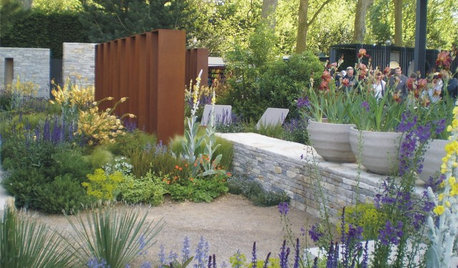Sequoiadendrum giganteum in North-Europe
nelumbo
13 years ago
Related Stories

GARDENING GUIDES9 Self-Seeders Capture Chelsea Flower Show Magic
Give your garden show-worthy style with these plants beloved by top designers
Full StorySponsored
Columbus Area's Luxury Design Build Firm | 17x Best of Houzz Winner!
More Discussions









cedlib
borubar
Related Professionals
Anderson Landscape Contractors · Belmont Landscape Contractors · Braintree Landscape Contractors · Cliffside Park Landscape Contractors · College Park Landscape Contractors · Downey Landscape Contractors · Firestone Landscape Contractors · Laguna Hills Landscape Contractors · Norristown Landscape Contractors · Raleigh Landscape Contractors · Selden Landscape Contractors · Washington Landscape Contractors · Kingsburg Landscape Contractors · Maplewood Landscape Contractors · Vadnais Heights Landscape Contractorscedlib
borubar
blue_yew
cedlib
pizzi
pineresin
nelumboOriginal Author
pizzi
cedlib
nelumboOriginal Author
pineresin
cedlib
pineresin
pineresin
cedlib
nelumboOriginal Author
gardener365
pineresin
gardener365
cedlib
nelumboOriginal Author
pineresin
wisconsitom
pineresin
cedlib
nelumboOriginal Author
pineresin
nelumboOriginal Author
pineresin
wisconsitom
nelumboOriginal Author
jorginho
gardener365
jorginho
severnside
pineresin
jorginho
pineresin
pineresin
severnside
jorginho
botann
cedlib
jorginho
wisconsitom
severnside
jorginho
nelumboOriginal Author